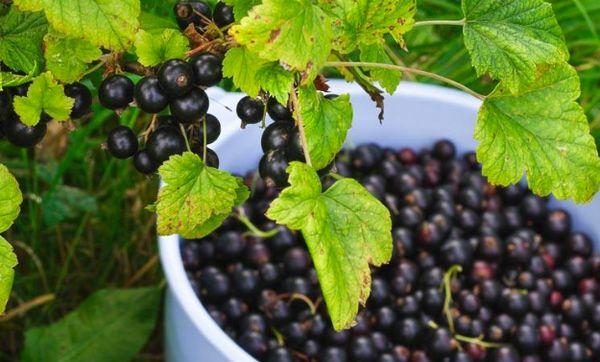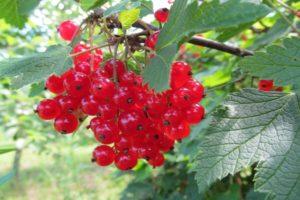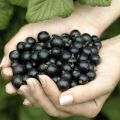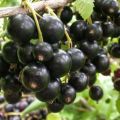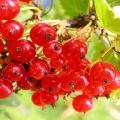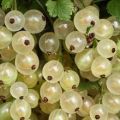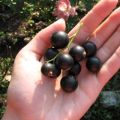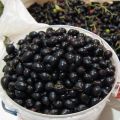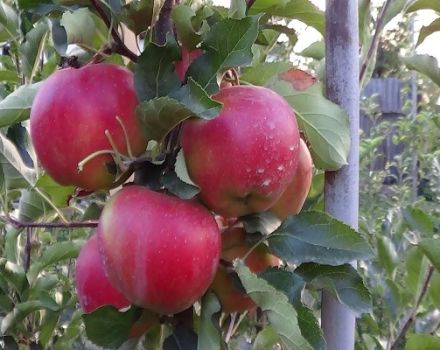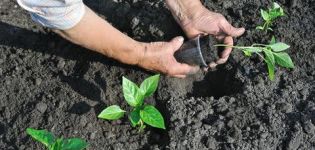When you need to pick black currants and how to do it quickly, we determine the ripeness
Currant is one of the most common berry crops in summer cottages. And in order for the fruits to remain tasty as long as possible, you need to figure out when to pick black currants and how to accurately determine their ripeness. Depending on the region of growth, the timing of picking ripe berries may vary.
Content
When to pick currants, depending on the region of growth (table)
Depending on the region of growth, the culture ripens at different times. In warm climates, the berries ripen faster. In the cold period, fruiting shifts closer to autumn.
Black
Black currant differs in that it ripens unevenly in different regions.
| Regions of Siberia | In northern latitudes, the berry ripens later than all else and enters fruiting late due to the unfavorable climate. Ripening of the crop begins on the 45th day after the entry of the bushes into fruiting. In the northern regions, ripening dates fall on the first days of August.
|
| Volga and Central regions | In the central regions, the fruits ripen closer to mid-July. If the summer turned out to be cold, then towards the end of July. And if warm, the first ripe berries may appear at the end of June.
|
| Southern regions | In the southern regions, the shrub ripens early. It also begins fruiting early. Harvesting in warm latitudes occurs at the end of June
|
In some cases, harvesting can take several weeks. Also, the timing of fruit ripening depends on the variety. Early varieties ripen closer to mid-June. Medium early - at the end of June. The late varieties ripen in August.
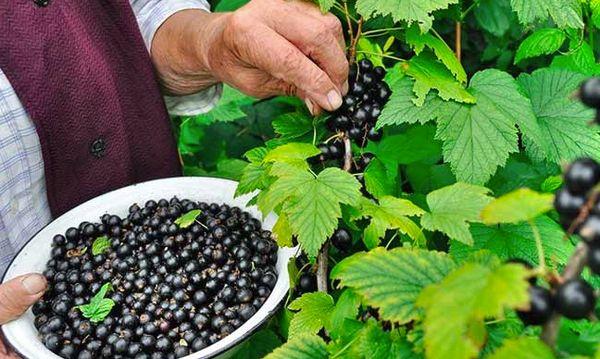
Red
Krasnoparodnaya is distinguished by very small berries, so they are collected together with twigs most often.
| Northern regions | In the north, red currants ripen closer to early August
|
| Volga and Central regions | In the Central regions and the Volga region, where the weather can be both warm and cold, in summer, fruiting dates are around mid-July. Early varieties can ripen in mid-June
|
| Southern regions | In the south, where warm weather sets in very early, fruiting begins in early June and continues until July
|
Just as in the case of the chokeberry, the ripening period depends on the variety. Most summer residents say that red-fruited varieties ripen two weeks earlier than black ones.
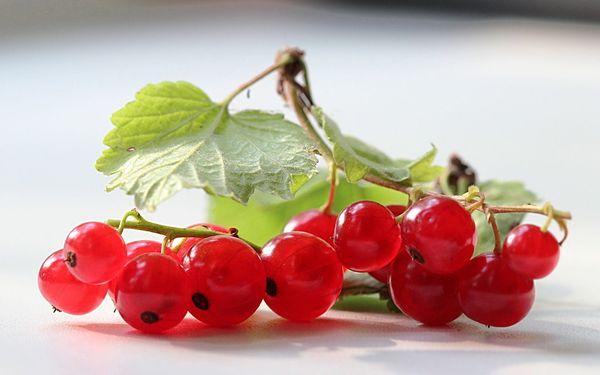
White
| Northern regions | In northern latitudes, ripening of white-fruited varieties coincides with red-fruited and falls on the beginning of August
|
| Volga and Central regions | White currant ripens closer to the second half of June - early July
|
| Southern regions | In the south, white varieties ripen in mid-June. Early varieties - in early June. Late varieties ripen closer to mid-July
|
The red and white varieties ripen almost at the same time due to the thin skin of both varieties.
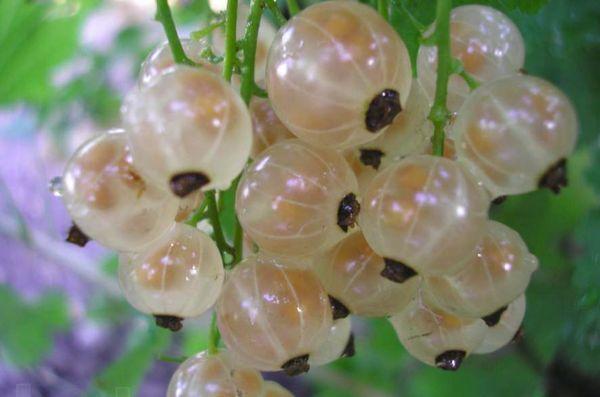
Determine the ripeness of the berry
The timing of harvesting should be determined by the signs of fruit ripeness.
Ripeness can be determined by a number of signs:
- The berries have become a rich purple or red hue (depending on the variety).
- The fruits are easily separated from the stalk.
- The branch on which the berries grow turns brown instead of a green tint.
- It tastes sweet.
- The fruits begin to crumble from the bush.
Ripeness is also determined by the variety and region of growth of the bushes.
The berry that has reached mechanical ripeness is not stored for a long time. In the refrigerator, such fruits remain fresh for no more than 1 week. Red and white currants are stored for about 1 month at a temperature of +1 degrees.
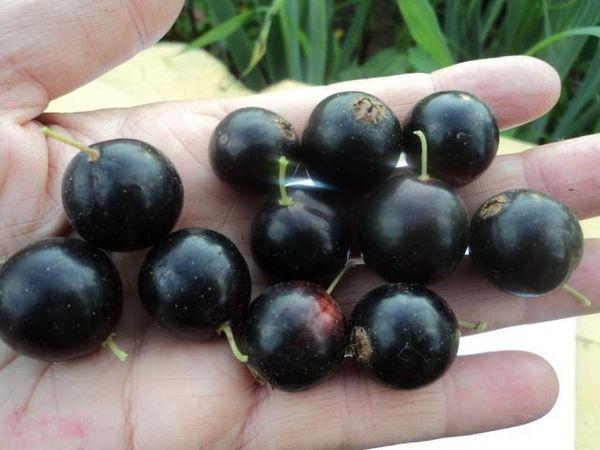
How to pick currants correctly
Collecting currants is a long and laborious process. Small berries grow on bushes. Especially in red varieties. Collecting red currants with or without twigs - there is no fundamental difference. White and black varieties are harvested separately with berries. For lazy summer residents, there is a relatively quick way to harvest.
To harvest correctly, you need to know in advance the favorable time for harvesting. The berries should be picked early in the morning when the dew has dried from the bushes. Or in the evening, after sunset. If picked in hot weather, it will quickly disappear.
Ways to pick berries quickly and easily
Prepare a basket or bucket before harvesting. Black currants are usually plucked in parts, as they ripen unevenly. Red and white varieties are harvested immediately after reaching technical maturity. Due to their thin skin, they quickly deteriorate.
How to quickly collect black currants from bushes:
- Spread a burlap or cloth under the bushes to cover all the soil next to the plant.
- During harvesting, the fruits should be plucked so that they fall on the laid fabric.
- Then collect the linen cloth and pour the crop into a bucket.
You can also use this method if the plantings of currants are very large. Although this method is not the fastest and is only suitable for black currants. But you don't have to carry a bucket with you every time. There are no other ways to harvest fruits quickly.
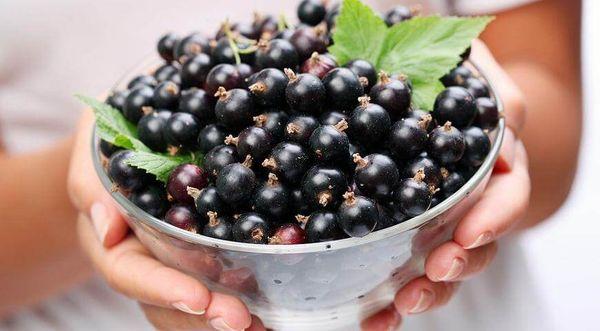
Is it worth picking unripe currants from a bush?
Harvesting unripe currants is not recommended. Such fruits have not yet accumulated nutrients in their composition. They are not suitable for fresh consumption. And in people with a weak stomach, it can cause indigestion and bowel problems. Better to wait until the berries reach technical maturity. In an unripe state, they are not suitable for freezing and drying.
Unripe currants can be harvested if you want to keep them fresh for as long as possible. After collecting unripe currants, they are stored in the refrigerator. In a few weeks it will “reach” and reach technical maturity.
Can you harvest in rain or after rain?
You can pick currants at any time of the day and in any weather. But if you want to keep the berries fresh after harvesting as long as possible, the collection is carried out in dry, sunny weather. If you pick the fruits in rainy weather, they will not be stored for long.
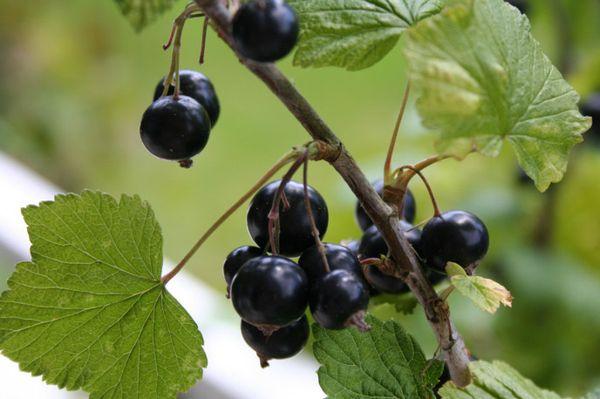
The harvested currants will be well stored until it rains. But after the rain has passed, it is better to wait a few days for the water to dry.
How to sort and store fruits
After harvesting, the fruits must be sorted out. This will allow you to immediately throw out the damaged berries. If there is mold on the fruit and such berries are left with the entire crop, it will quickly spread to healthy fruits.
You should sort out the berries immediately after picking from the bushes. If you leave them even for a few days, the currants will begin to ferment. After the berries have been sorted out, they are washed and laid out to dry.
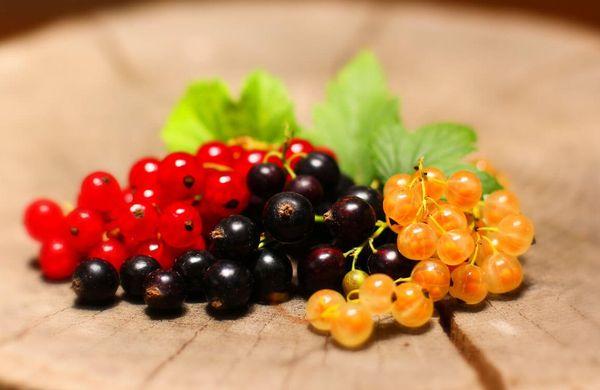
You can store the harvested berries in various ways. The easiest way is to freeze them in the freezer. Fold the fruits in plastic bags and put them in the freezer.
Another way is to grind with sugar. Grind the washed berries in a blender and add sugar to taste. Transfer to jars and refrigerate.
Fruit can be harvested for the winter, compotes and jam, as well as dried. Currant conservation is stored in a cellar or refrigerator. Dried berries are transferred to glass jars or cloth bags. Store away from sunlight.
